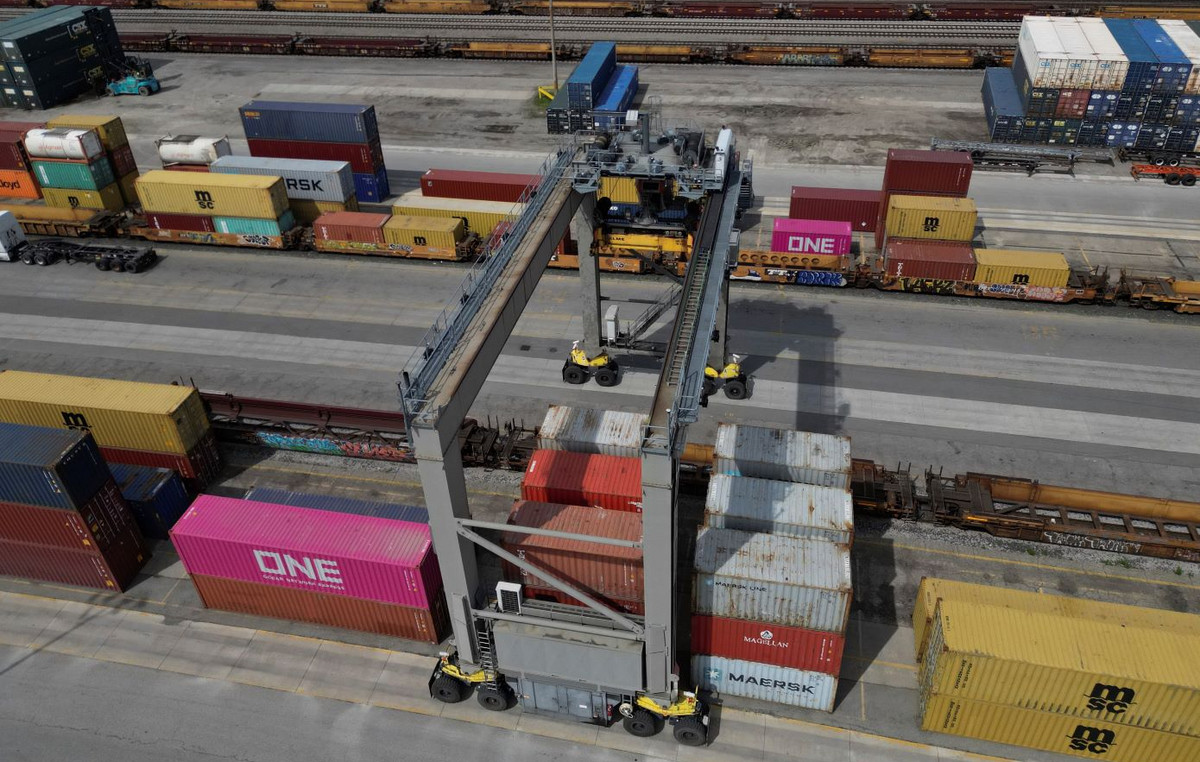- AUD/USD falls amid renewed selling pressure, testing 0.6700 support.
- Market sentiment implies a 55% chance of a 25 basis point rate cut by the RBA this year.
- The fragile economic situation in China also weighs on the Australian dollar.
The AUD/USD pair fell 0.40% to 0.6705 in Tuesday’s session as the Australian Dollar faced renewed selling pressure. The US dollar has regained strength, moving towards two-month highs on rising risk aversion and ongoing concerns over China.
The main driver of the Australian Dollar lately is the economic situation in China, which seems to be worrying investors and therefore pushing them to seek refuge in the US Dollar. Meanwhile, markets appear confident that the Reserve Bank of Australia (RBA) will cut 25 bps by the end of the year.
Daily Market Summary: Australian Dollar Plunges on Strong USD, China’s Economic Woes
- The bearish momentum for the Australian Dollar was caused by an unresolved US Dollar and skepticism over China’s stimulus measures.
- A drop in copper prices also contributed to downward pressure on the Australian dollar, while iron ore prices were largely unchanged.
- Deflationary concerns deepened in China based on September data, raising questions about the effectiveness of its stimulus efforts.
- Market sentiment reflects a 55% chance of a 25bp rate cut by the RBA by the end of the year.
AUD/USD Technical Outlook: Bearish momentum intensifies, buyers must defend 0.6700
The AUD/USD currency pair has fallen in recent sessions with a drop of 0.42% on Tuesday. This drop is in line with several technical indicators. The Relative Strength Index (RSI), which measures the strength of buying and selling pressure, is currently at 36, indicating that selling pressure is stronger. The RSI is also falling sharply, suggesting that selling pressure is intensifying. The Moving Average Convergence/Divergence Indicator (MACD) is another indicator that suggests bearish pressure is increasing. Overall, the technical outlook for AUD/USD is bearish, suggesting that the pair could continue to decline in the near term. Key support levels to watch include 0.6700, 0.6680 and 0.6650, while resistance levels to watch include 0.6750, 0.6760 and 0.6780.
The Australian Dollar FAQs
One of the most important factors for the Australian Dollar (AUD) is the level of interest rates set by the Reserve Bank of Australia (RBA). As Australia is a resource-rich country, another key factor is the price of its largest export, iron ore. The health of the Chinese economy, its largest trading partner, is a factor, as is inflation in Australia, its growth rate and the Balance of Trade. Market sentiment, that is, whether investors bet on riskier assets (risk-on) or seek safe havens (risk-off), is also a factor, with the risk-on being positive for the AUD.
The Reserve Bank of Australia (RBA) influences the Australian Dollar (AUD) by setting the level of interest rates that Australian banks can lend to each other. This influences the level of interest rates in the economy as a whole. The RBA’s main objective is to maintain a stable inflation rate of 2%-3% by adjusting interest rates up or down. Relatively high interest rates compared to other major central banks support the AUD, and the opposite for relatively low ones. The RBA can also use quantitative easing and tightening to influence credit conditions, with the former being negative for the AUD and the latter being positive for the AUD.
China is Australia’s largest trading partner, so the health of the Chinese economy greatly influences the value of the Australian Dollar (AUD). When the Chinese economy is doing well, it buys more raw materials, goods and services from Australia, which increases demand for the AUD and drives up its value. The opposite occurs when the Chinese economy does not grow as fast as expected. Therefore, positive or negative surprises in Chinese growth data usually have a direct impact on the Australian Dollar.
Iron ore is Australia’s largest export, with $118 billion a year according to 2021 data, with China being its main destination. The iron ore price, therefore, may be a driver of the Australian dollar. Typically, if the price of iron ore rises, the AUD also rises as aggregate demand for the currency increases. The opposite occurs when the price of iron ore falls. Higher iron ore prices also tend to result in a higher likelihood of a positive trade balance for Australia, which is also positive for the AUD.
The trade balance, which is the difference between what a country earns from its exports and what it pays for its imports, is another factor that can influence the value of the Australian dollar. If Australia produces highly sought-after exports, its currency will gain value solely from the excess demand created by foreign buyers wanting to purchase its exports versus what it spends on purchasing imports. Therefore, a positive net trade balance strengthens the AUD, with the opposite effect if the trade balance is negative.
Source: Fx Street
I am Joshua Winder, a senior-level journalist and editor at World Stock Market. I specialize in covering news related to the stock market and economic trends. With more than 8 years of experience in this field, I have become an expert in financial reporting.







